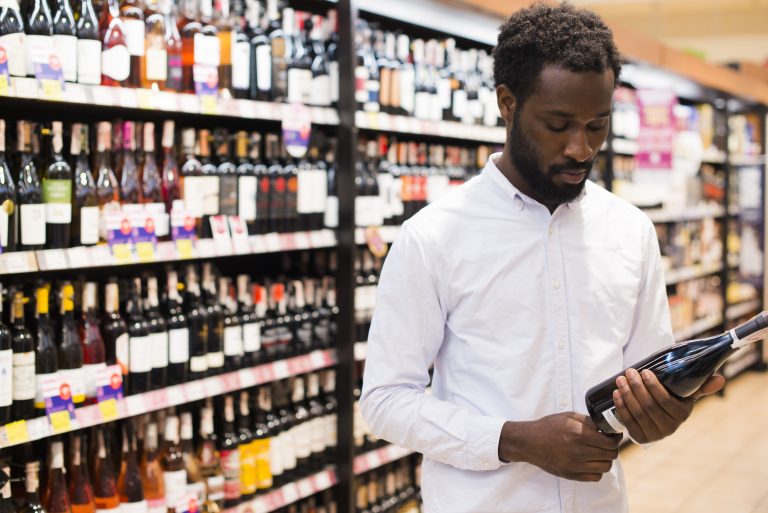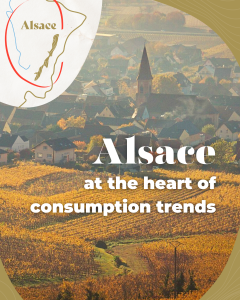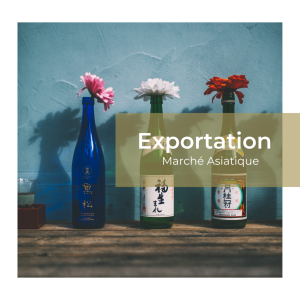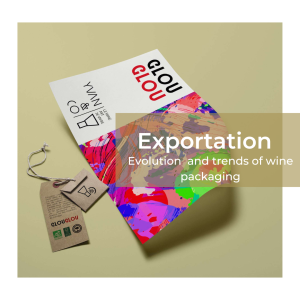The new labeling standards: a major challenge for the export of French wines!
In the French wine industry, the new wine labeling standards play a crucial role in the export of products and have a significant impact on foreign beverage distributors. These standards, designed to promote transparency and provide detailed information to consumers, have transformed the landscape of French wine labeling.
In this article, we will explore the importance of these new labeling standards for the export of French wines and examine their impact on foreign beverage producers and distributors. From the necessity of complying with current regulations to the opportunities presented by better communication with consumers, let’s delve into the world of French wine labels and discover how these standards are shaping the future of the French wine industry.
The reasons behind the new labeling standards
From December 8th, 2023, the French wine industry will introduce new labeling standards for wines in the European Union, in response to the growing need for transparency and consumer protection. These standards have been implemented to ensure that labels on French wines provide clear and accurate nutritional information, enabling consumers to make informed choices. Wines labeled from this date onwards will need to comply with the new standards.
Transparency is one of the main motivations behind these new labeling standards. Consumers are increasingly concerned about the origin of the products they purchase, including wines. Consumer protection is also a crucial consideration in establishing these standards. The new regulations require labels to provide clear information on potential allergens, additives used, and health warnings, enabling consumers to make informed decisions based on their needs and preferences.
According to a survey conducted by Oenoppia in 2021 in collaboration with Wine Intelligence, the idea is not to reject all ingredients in wine, such as additives, but rather to reassure and build trust with consumers regarding the impact on health and wine quality. The risk lies in clearly indicating and explaining the different ingredients present, so as not to frighten novice consumers who may not be familiar with the terms mentioned.

The main elements of the new labeling standards.
All wines are affected by the new regulations, which now require producers to provide both nutritional information and a list of ingredients, with the option to use an electronic label via a QR code for some of this information. Additionally, it is mandatory to translate the list of ingredients and nutritional information into the language of the consumers in the export country. Given that the European Union has 24 official languages, this linguistic diversity must be taken into account when labeling wines intended for export.
-
Presence of sugar or concentrated grape must: Labels must indicate whether the wine contains sugar or concentrated grape must, which can influence the level of sweetness in the wine.
-
Acid regulators: Some wines may contain acid regulators to adjust the taste balance. These substances must be mentioned on the label.
-
Preservatives/antioxidants: Certain preservatives or antioxidants may be used to preserve the quality of the wine. Their presence must be indicated on the label.
-
Stabilizers: Stabilizers are substances used to maintain the stability of the wine, including preventing sediments or crystal formation. They must be clearly indicated on the label.
-
Packaging gas: Some wines may be packaged with the addition of gas to preserve their freshness and quality. The presence of packaging gas must be mentioned on the label.
- Tirage liquor: In the case of sparkling wines, such as Champagne, tirage liquor is used during the secondary fermentation. Its mention on the label is also required.

In wine, ingredients representing more than 2% must be listed in descending order by weight. This primarily includes grapes, as well as any sugar or concentrated must used. Therefore, the list will start with the term “raisin,” followed by “sugar” or “concentrated grape must” if applicable. On the other hand, for other ingredients constituting less than 2% of the wine, no specific order is required. They can simply be grouped into categories. For example, you can choose to place preservatives before stabilizers or mention them afterwards if you wish to reserve sulfites for the end.
In this transition, we accompany and listen to our wine estates, providing them with additional information.
The challenges and opportunities for foreign distributors.

The new labeling standards for French wines present both challenges and opportunities for foreign distributors who market these wines worldwide. These standards require adaptation of practices and strategies to meet the specific requirements of international markets. Here are the main challenges and opportunities to consider:
- Adaptation to the new standards: Foreign distributors must ensure that the French wines they offer comply with the new labeling standards. This involves updating the labels of existing wines and ensuring the compliance of newly imported wines. Distributors need to stay informed about the specific regulatory requirements of each market to ensure compliance.
- Product valorization: The new labeling standards also offer opportunities for product valorization. This allows creating added value and differentiation in international markets by highlighting the authenticity and quality of French wines.
Communication with consumers: The new labeling standards require clear and transparent communication with consumers. Foreign distributors must be able to explain the new information on labels, such as the origin and characteristics of wines, to establish a trusted relationship with international consumers.
Opportunity for consumer education: The new labeling standards provide an opportunity for consumer education. Distributors can take advantage of this opportunity to inform consumers about the specificities of wines and their technical components to assist them in making choices.

Conclusion
In conclusion, the new labeling standards represent a significant challenge for the export of French wines. They offer significant advantages by strengthening the trust of international consumers, facilitating understanding of wine characteristics, and valorizing products in global markets. However, these standards also pose challenges for foreign producers and distributors who must adapt and ensure compliance of the wines they market. It is therefore essential to stay updated and comply with these standards to succeed in selling French wines for export.
Share it !
Discover other article “Vinexpo Asia 2023 and Tastin’ France: Showcasing the Export of French Wines”



